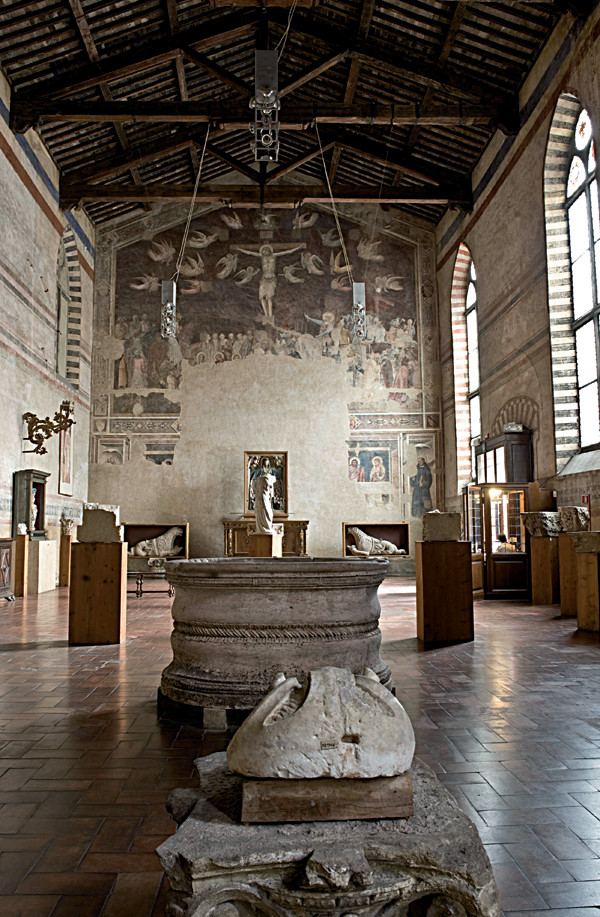The Romano Fondation
A treasure box containing masterpieces of painting and sculpture
A treasure box containing masterpieces of painting and sculpture (by Giotto, Simone Martini, Masaccio, Filippino Lippi, Domenico Beccafumi and Giambologna), but also a private home, furnished with precious pieces spanning from the 1200s to the 1600s.
The Horne Museum’s present layout reflects the British art collector’s original plan: a space in the heart of the city, housed in Palazzo Corsi in Via de’ Benci, recreating the usages, traditions, art and culture of Renaissance Florence.
A setting that British architect and art historian Herbert Percy Horne designed for his collection of paintings, drawings, furniture and sculptures and aimed at recreating the character and atmosphere of a typical Renaissance home.
 Fondazione Romano, Florence
Fondazione Romano, FlorenceHorne was born in London in 1864 and died in Florence in 1916. An eclectic man of the Victorian age, architect, designer and eminent art, music and literature scholar as well as art collector.
He came to Italy for the first time in 1889 and landed in Florence in 1894 when he was commissioned with the writing of a book on Sandro Botticelli by London’s Bell publishers for the Great Masters series. In 1896, he set up house in Florence, although he maintained contact with England his whole life. He soon devoted all his energies to art criticism and his studies on Renaissance art led him to identify with a man of that time who lived surrounded by works of art. In 1911, Horne bought Palazzo Corsi and upon his death, in 1916, his collection (consisting of over six thousand works) was donated to the Italian State and a foundation was created “for the benefit of studies”.
Opening hours:
Monday and Saturday: 10am-5pm
Sunday: 1-5 p.m.
Closed on New Year's Eve, Easter, 15th August, 25th December









